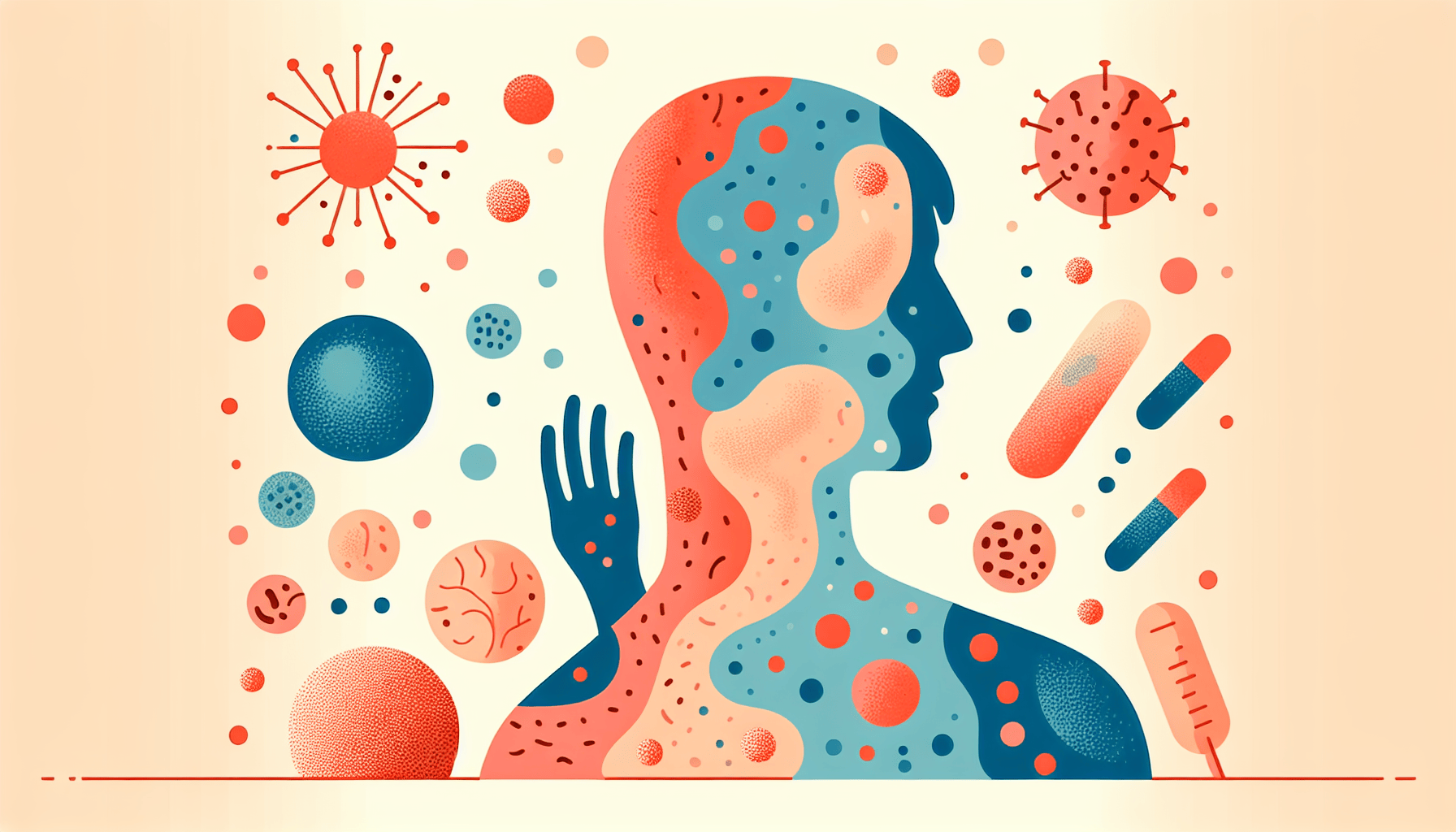Tirzepatide for Sleep Apnea - Can It Help?
Understanding Sleep Apnea and Its ChallengesSleep apnea is a common yet serious sleep disorder characterized by repeated interruptions in breathing during sleep. These pauses [...]
Read More
Medically reviewed by Abhijit Bhattacharyya | MD, PhD, MBA, Tufts University School of Medicine - Miami, Florida on April 22nd, 2024.
Seborrheic dermatitis is a common skin condition that affects people of all ages. It causes an itchy, flaky rash that can appear on various parts of the body, most commonly on the scalp, face, and chest. If you or someone you know is dealing with this condition, it's essential to understand its causes, symptoms, and available treatment options.
Seborrheic dermatitis is a skin disease characterized by red, itchy, and scaly patches on the skin. It is also known by other names, such as dandruff, cradle cap, seborrhea, seborrheic eczema, and seborrheic psoriasis. While it can occur anywhere on the body, it most often affects the following areas:
Scalp
Face (especially around the nose, eyebrows, and ears)
Chest
Back
Skin folds (under the arms, in the groin, and beneath the breasts)

The exact cause of seborrheic dermatitis is unknown, but several factors may contribute to its development, including:
Malassezia, a type of yeast that naturally lives on the skin
Excess oil production in the skin
Immune system issues
Stress and fatigue
Cold and dry weather
Certain medical conditions and medications
Poor hygiene or infrequent washing" to the first group
Some people are more prone to developing seborrheic dermatitis, including:
Newborns and adults between the ages of 30 and 60
Stroke, TBI, epilepsy, lymphoma, organ transplant, and alcohol use
People with oily skin
Those with certain medical conditions, such as acne, depression, HIV, and Parkinson's disease
The primary symptoms of seborrheic dermatitis include:
Flaky, scaly skin
Greasy patches covered with white or yellow scales
Redness (in light skin) or light patches (in darker skin)
Itching
To diagnose seborrheic dermatitis, your doctor will examine your skin and ask about your medical history. In some cases, they may perform a skin scraping to rule out other conditions, such as psoriasis, eczema, or rosacea.
While there is no cure for seborrheic dermatitis, various treatment options can help manage symptoms and reduce flare-ups. These include:
Dandruff shampoos containing ingredients like coal tar, ketoconazole, salicylic acid, selenium sulfide, or zinc pyrithione
Antifungal creams and lotions
Corticosteroid creams and lotions (for short-term use)
Stronger antifungal shampoos and creams
Oral antifungal medications
Topical calcineurin inhibitors (like pimecrolimus or tacrolimus)
Regularly washing affected areas with gentle soap and warm water
Using a moisturizer to prevent skin dryness
Avoiding harsh hair products and styling tools
Managing stress through relaxation techniques
Exposing the affected areas to sunlight (while wearing sunscreen)
It's essential to work with your healthcare provider to develop a personalized treatment plan that addresses your specific needs and concerns.
While seborrheic dermatitis rarely leads to complications, it's important to contact your doctor if:
Your symptoms don't improve with over-the-counter treatments
The affected areas become painful, red, or swollen
You notice pus draining from the rash
In some cases, seborrheic dermatitis can be mistaken for other skin conditions, so it's crucial to receive an accurate diagnosis and appropriate treatment.
Seborrheic dermatitis is a chronic condition that may come and go throughout your life. While it can be frustrating and uncomfortable, there are steps you can take to manage your symptoms and minimize flare-ups. By working closely with your healthcare provider, following a consistent skincare routine, and making lifestyle changes as needed, you can effectively control seborrheic dermatitis and maintain healthy, comfortable skin.
Understanding Sleep Apnea and Its ChallengesSleep apnea is a common yet serious sleep disorder characterized by repeated interruptions in breathing during sleep. These pauses [...]
Read MoreHeart attacks are often perceived as a predominantly male health issue, but the reality is that heart disease is the leading cause of death for women worldwide. Recognizing [...]
Read MoreTelehealth has transformed the way patients access healthcare, offering convenience, speed, and accessibility that traditional in-person visits often cannot match. With the [...]
Read More